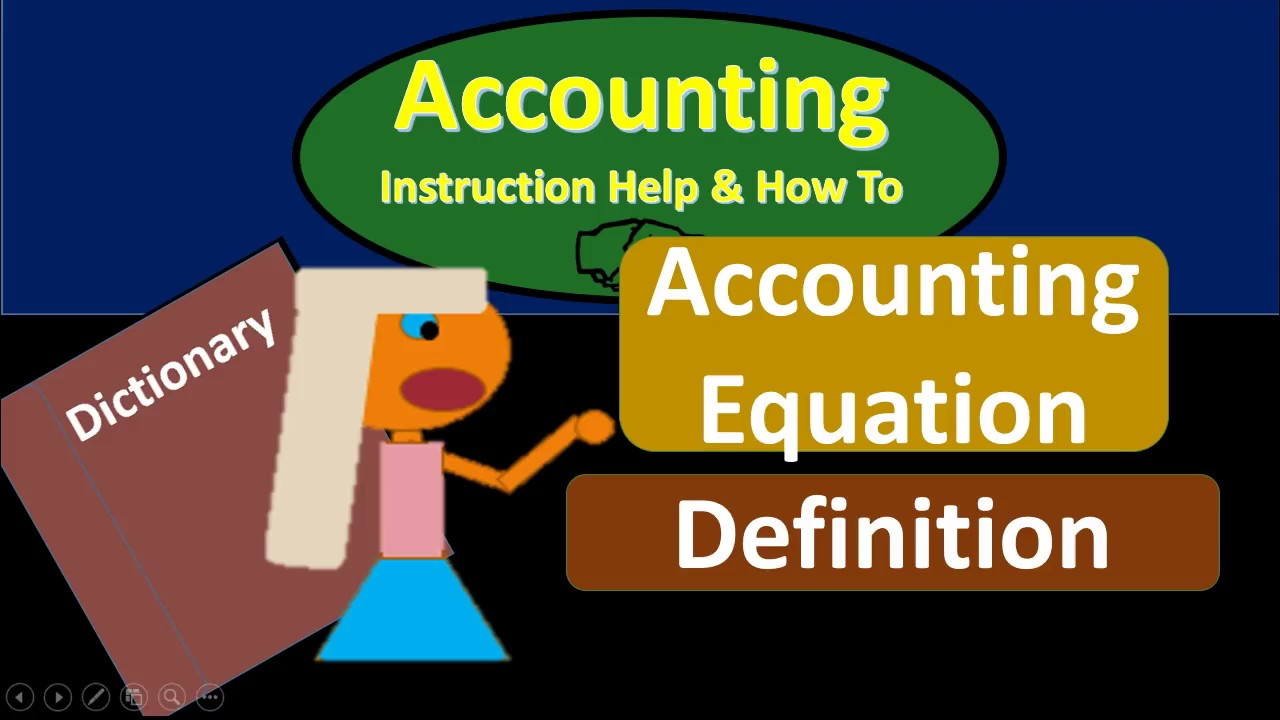How to Calculate Depreciation: Straight Line, Dimnishing Value Examples - Shikshaglobe

How to Calculate Depreciation: Straight Line, Dimnishing Value Examples
Depreciation is the gradual decrease in an asset's value over time due to wear and tear. The most common method used to calculate depreciation is the straight-line method, which evenly reduces the value of an asset over its useful life. However, there are other methods that can be used, such as the diminishing value method, which results in a higher depreciation expense in the early years of an asset's life and a lower expense in later years.
When choosing a depreciation method, businesses should consider a number of factors, including the type of asset being depreciated, its expected lifespan, and how it will be used. The chosen method should also be aligned with generally accepted accounting principles (GAAP).
Read More: Primary Key vs Foreign Key
The straight-line method is the most simple and involves dividing the cost of the asset by its expected lifespan in years. For example, if a company buys a piece of machinery for $100,000 with an expected lifespan of 10 years, the annual depreciation expense would be $10,000.
The diminishing value method takes into account that an asset will lose more value in its early years than in its later years. To calculate depreciation using this method, you'll need to know the asset's salvage value (the estimated value of the asset at the end of its lifespan) and its useful life (the number of years it's expected to be used).
What is Capital Expenditure?
Capital consumption is the point at which you buy a resource. It very well may be a vehicle, a house, a carousel for your little girl, or perhaps a submarine to use as your mysterious lab. Anything that it is, we name it as capital use as opposed to a cost.
A simple method for considering it is, that a cost is a point at which you buy something you go through in under a year, while a resource is something that goes on for over a year.
What is Depreciation?
Resources don't endure forever. At the point when you purchase a vehicle for $5,000, it's valued at $5,000. However, what might be said about the following year? Since you drive it consistently, leave the pizza in the rearward sitting arrangement and draw smiley faces on the windows, the worth goes down. Maybe you can sell it for $4,000 following a year. Following three years, it could be valued at $1,500! This steady decrease in esteem is called devaluation. We typically compute devaluation on balance day, which is the last day of the monetary year. Consequently, devaluation is known as an equilibrium day change.
Suppose you choose to purchase a mysterious submerged submarine lab. You buy the most lovely submarine you've at any point seen for $100,000. Nonetheless, you realize that in 5 years' time, the submarine might be valued at $20,000.
The straight-line strategy accepts that the resource will deteriorate by a similar sum every year until it arrives at its remaining worth. The lingering esteem is the amount it will be worth toward the finish of its life. For this situation, we realize this sum is $20,000. That implies the submarine will deteriorate by $80,000 north of five years.
How about we sort out that utilizing a few straightforward maths we learned back in primary school.
$80,000/5 years = $16,000 each year
Presently we have our response. The submarine will devalue by $16,000 consistently for quite a long time. Following five years it will have devalued in esteem by $80,000, leaving it with a leftover worth of $20,000.
Great. We should have a go utilizing one of our bread shop models.
Continue Reading: Primary Key vs Unique Key
Recall the vehicle we purchased from John's Car Shop? In the event that I recollect accurately, it was a green lotus, and it cost $3,000.
Presently John lets us know that in 5 years we'll have the option to sell that vehicle for $1,000.
We currently have all the data we want to turn out for our vehicle's deterioration.
The esteem at season of the procurement: $3,000
The esteem in 5 years' time: $1,000
Sum to be devalued (HINT: Initial worth short lingering esteem): $2,000
Devaluation each year: $400
Devaluation Calculator
Enter esteem at the season of the procurement:
Incredible, so we currently realize that we will be deteriorating our vehicle at $400 each year. Presently despite the fact that there is no money included, these are still exchanges. That implies they have a diary section and should be placed into a record!
Deterioration is an EXPENSE. Hence, we will make a devaluation business ledger, which is a charge account.
Collected devaluation is a term we haven't as yet run over. Collected devaluation, as the name recommends, is the aggregate sum of deterioration that has developed throughout the long term. For instance, assuming that our resource devalues by $100 for every one of the most recent 3 years, our aggregated devaluation will be $300.
Collected Depreciation is a LIABILITY.
Hence, we will make an Accumulated Depreciation account that will sit on the credit side of our bookkeeping condition.
To record the devaluation for the year, we'll have to set up a diary passage. This is what the diary section resembles:
The Importance of How to Calculate Depreciation: Straight
Line, Diminishing Value Examples in Today's World
In the dynamic landscape of finance and business, understanding how to calculate depreciation is a fundamental skill that holds significant importance. Depreciation refers to the systematic allocation of the cost of an asset over its useful life. This process is crucial for accurately representing an asset's value on the balance sheet and determining its impact on financial statements. Whether you're an entrepreneur, investor, or accounting professional, grasping the concepts of straight-line and diminishing value depreciation is essential for making informed decisions.
Read On: Row vs Column
Exploring Different Types of How to Calculate
Depreciation: Straight Line, Diminishing Value Examples
There are two primary methods used to calculate
depreciation: straight-line depreciation and diminishing value depreciation
(also known as declining balance depreciation). Each method offers unique
advantages and is suited for different scenarios. Straight-line depreciation
evenly distributes the cost of an asset over its useful life, while diminishing
value depreciation front-loads the depreciation expense, reflecting the asset's
higher wear and tear in its initial years.
Benefits of Pursuing How to Calculate Depreciation:
Straight Line, Diminishing Value Examples
Gaining proficiency in calculating depreciation provides
several benefits across various domains. For businesses, accurate depreciation
calculations lead to more precise financial reporting, aiding in budgeting,
forecasting, and tax planning. Investors can make better-informed decisions
about asset acquisition and disposal. Additionally, accounting professionals
with a deep understanding of depreciation methodologies become valuable assets
to organizations seeking financial expertise.
How How to Calculate Depreciation: Straight Line,
Diminishing Value Examples Enhance Professional Development
Mastering the art of depreciation calculation can
significantly enhance your professional development. As industries evolve, the
demand for financial expertise grows. Proficiency in understanding and applying
depreciation methodologies showcases your analytical and decision-making
skills, setting you apart in a competitive job market.
The Role of How to Calculate Depreciation: Straight Line,
Diminishing Value Examples in Career Advancement
In today's competitive business environment, career
advancement often hinges on your ability to contribute meaningfully to an
organization's financial success. Understanding depreciation methodologies
demonstrates your commitment to accurate financial reporting and prudent asset
management, positioning you as a trusted advisor and potential candidate for
leadership roles.
Choosing the Right Education Course for Your Goals
Embarking on a journey to learn how to calculate
depreciation involves choosing the right education course. Whether you're a
novice looking for a comprehensive introduction or a professional seeking
advanced knowledge, evaluating course content, faculty expertise, and industry
recognition is vital for achieving your learning objectives.
Online vs. Traditional How to Calculate Depreciation:
Straight Line, Diminishing Value Examples: Pros and Cons
When considering education options, the choice between
online and traditional learning formats comes into play. Online courses offer
flexibility and accessibility, allowing learners to balance education with
other commitments. Traditional courses offer in-person interaction and
networking opportunities. Evaluating the pros and cons of each format helps you
make an informed decision based on your preferences and learning style.
The Future of How to Calculate Depreciation: Straight
Line, Diminishing Value Examples: Trends and Innovations
As technology continues to reshape industries, the field of depreciation calculation is not exempt. Automation, data analytics, and artificial intelligence are gradually influencing how depreciation is calculated and integrated into financial systems. Staying attuned to these trends ensures that professionals remain relevant and adapt to changing industry practices.
Know More: Expanded Accounting Equation with Examples
The Impact of How to Calculate Depreciation: Straight
Line, Diminishing Value Examples on Student Success
In the context of education, a solid understanding of
depreciation methodologies positively impacts student success. Teachers armed
with comprehensive knowledge can effectively convey complex concepts, fostering
a deeper understanding among students. This knowledge equips students with
essential financial skills that will serve them well in their future careers.
Addressing the Challenges of How to Calculate Depreciation:
Straight Line, Diminishing Value Examples and Finding Solutions
Learning about depreciation methods isn't without
challenges. Some individuals might find the concepts initially perplexing.
However, with dedicated effort and access to quality educational resources,
these challenges can be overcome. Seeking guidance from educators and industry
professionals can help you navigate through any obstacles.
Understanding the Pedagogy and Methodology of How to
Calculate Depreciation: Straight Line, Diminishing Value Examples
Effectively teaching and learning depreciation methodologies
requires a robust pedagogical approach. Educators should focus on simplifying
complex ideas, using relatable examples, and encouraging critical thinking. As
a learner, engaging with the material actively and seeking clarification when
needed are key to mastering the subject.
The Global Perspective: How to Calculate Depreciation:
Straight Line, Diminishing Value Examples Around the World
Depreciation is a universal concept in the realm of finance
and accounting. While methodologies might differ slightly due to varying
regulations and practices, the fundamental principles remain consistent.
Understanding how different cultures and economies handle depreciation broadens
your perspective and equips you for a globalized workforce.
How to Calculate Depreciation: Straight Line, Diminishing
Value Examples for Lifelong Learning and Personal Growth
Learning how to calculate depreciation isn't just for
professionals; it's a skill that can benefit anyone interested in personal
financial management. Whether you're evaluating the value of your assets or
planning for future purchases, understanding depreciation empowers you to make
well-informed decisions.
Funding and Scholarships for How to Calculate
Depreciation: Straight Line, Diminishing Value Examples
Investing in education pays dividends, and various funding options and scholarships are available to support your pursuit of knowledge in depreciation calculation. Researching and applying for these opportunities can alleviate financial barriers and enable you to focus on your learning journey.
Read Also: Basic Accounting Transaction with EXAMPLES
Case Studies: Success Stories from Education Course
Graduates
Real-world success stories from graduates of education courses on depreciation calculation exemplify the practical impact of this knowledge. These case studies showcase how individuals have applied their skills to make informed business decisions, enhance financial reporting accuracy, and contribute to the overall success of their organizations.
Click Here
Explore More
SQL Server Management StudioSQL Server Architecture Explained
HP ALM: Filter Conditions, Find, Replace, Flags, History & Send MailHow to Download and Install SQL Server
HP ALM: Filter Conditions, Find, Replace, Flags, History & Send MailHow to Download and Install SQL Server











